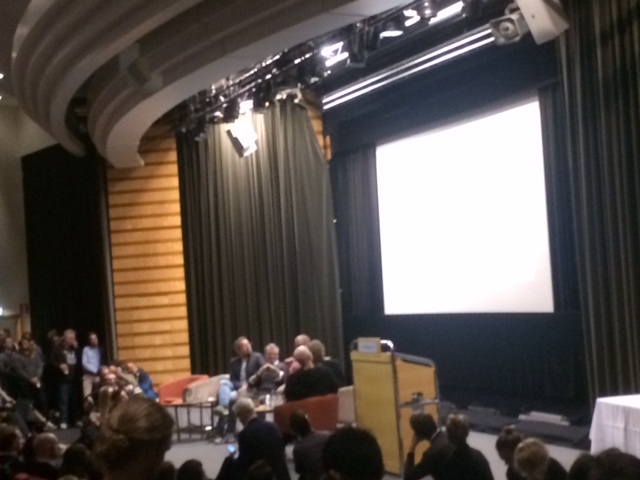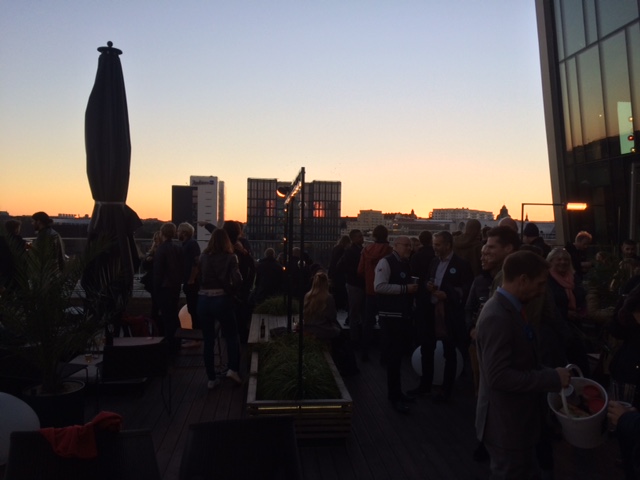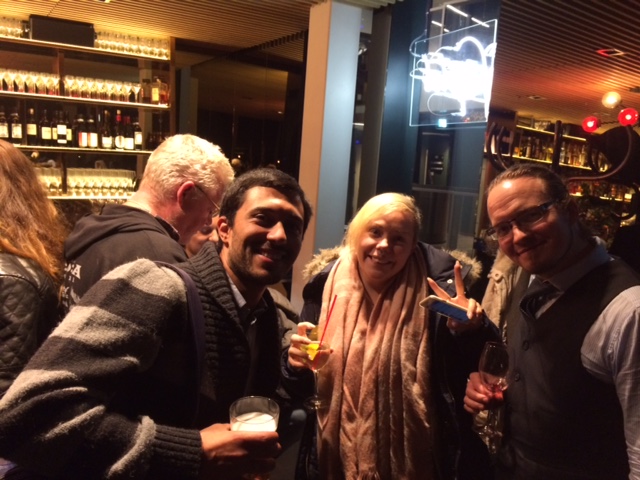Here is some thought that I have had true the course.
I chose to take the course because I wanted to have more knowledge and confidence about starting my own business one day but it ended up with so much more. The way the course was structured is different than many other courses at KTH and that made me first skeptical but now afterwards I am really surprised how much I learned.
The areas I learned most in:
True the years at KTH I thought that I was good at pitching my ideas and a lot of times in group works my ideas was the once that the group continued working with. But pitching an idea for investors is something else and you need to see it from the investor’s side and say what they want to hear. And sometimes the idea is not the most important thing but your presentation and commitment will make the investors interested. One detail I learned is that you present your idea/company as soon as you enter the room and it’s important to act profession all the way.
Marketplace thought me how to it is to start and run a company. How all the acts are affecting the outcome and you always need to think one step ahead. Personally I been thinking about starting a smaller company and not establish worldwide as in Marketplace but I it probably works the same way to run a smaller company.
Go to the startup events made me a better on mingle and open up my eyes for a whole new scene that I didn’t know existed in Stockholm. I got great inspiration to listen to start up projects that mad it and to see that when they started they were student just like me.
To sum everything up we had make the group project where we got to use all the knowledge we learned from the course. I great way to see what’s needed for a startup and how it is to work in a group. Also interesting to work with students from other programs at KTH and exchange students to see how they solve problems.




